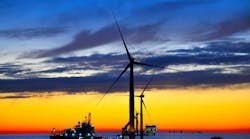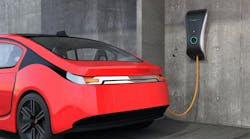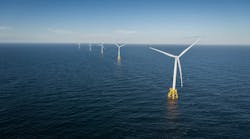Physicians of the American Medical Association (AMA) are concerned about the health and environmental effects of high-intensity LED street lighting, especially those systems with strong blue light. At the AMA’s Annual Meeting last week the doctors adopted guidance for communities on selecting among LED lighting options to minimize potential harmful human and environmental effects.
The group recognized the value of LED lighting in cutting costs, cutting energy usage and their role in establishing a lower reliance on fossil-based fuels. But some high-intensity LED lighting designs emit a large amount of blue light that appears white to the naked eye and create worse nighttime glare than conventional lighting. Discomfort and disability from intense, blue-rich LED lighting can decrease visual acuity and safety, resulting in concerns and creating a road hazard, the AMA said in a release.
“In addition to its impact on drivers, blue-rich LED streetlights operate at a wavelength that most adversely suppresses melatonin during night. It is estimated that white LED lamps have five times greater impact on circadian sleep rhythms than conventional street lamps. Recent large surveys found that brighter residential nighttime lighting is associated with reduced sleep times, dissatisfaction with sleep quality, excessive sleepiness, impaired daytime functioning and obesity.”
The AMA recommends an intensity threshold for optimal LED lighting that minimizes blue-rich light. The AMA also recommends all LED lighting should be properly shielded to minimize glare and detrimental human health and environmental effects, and consideration should be given to utilize the ability of LED lighting to be dimmed for off-peak time periods.










